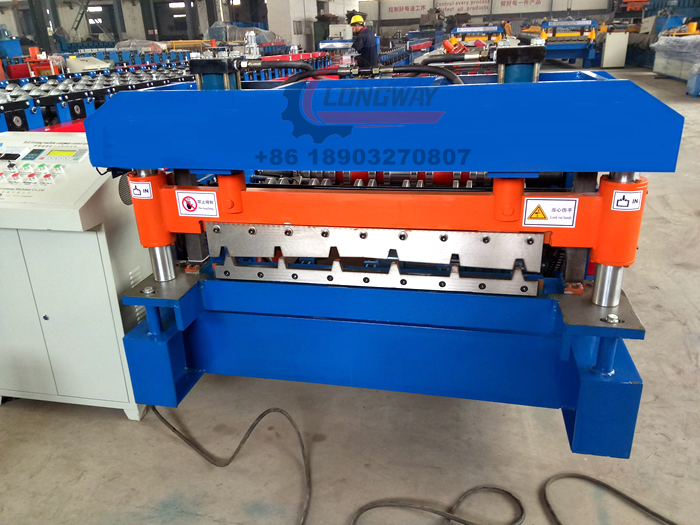High-Precision Stainless Steel Roll Forming Equipment for Efficient Production
The Evolution and Importance of Stainless Steel Roll Forming Machines
Stainless steel roll forming machines are essential tools in modern manufacturing, particularly in the production of components for various industries such as construction, automotive, and appliances. These machines utilize advanced technology to shape stainless steel into specific profiles and forms, meeting the diverse needs of production processes.
Understanding Roll Forming
Roll forming is a continuous bending operation in which a long strip of metal, typically coiled steel, is fed through consecutive pairs of rolls. Each pair of rolls performs a small amount of work, bending the metal incrementally until the desired shape is achieved. This process is particularly advantageous for producing long lengths of uniform cross-section materials. When stainless steel is used, the advantages multiply due to its durability, corrosion resistance, and aesthetic appeal.
The Role of Stainless Steel Roll Forming Machines
Modern stainless steel roll forming machines have evolved significantly, incorporating automation, precision engineering, and advanced controls. These machines offer increased efficiency and consistency, thus aiding industries in maintaining high-quality standards. Today’s roll forming technology allows for the production of complex shapes that can be used in applications ranging from construction framing to automotive parts.
One of the significant benefits of utilizing stainless steel in roll forming is its inherent properties. Stainless steel's resistance to rust and corrosion makes it ideal for environments where moisture and chemicals are prevalent. Consequently, products manufactured with stainless steel often require less maintenance and offer longer lifespans compared to those made from carbon steel or other materials.
Efficient Production Processes
stainless steel roll forming machine

Efficiency is crucial in manufacturing, and stainless steel roll forming machines are designed to meet high production demands. These machines can operate at high speeds, producing large quantities of product with minimal downtime. The automation of the roll forming process minimizes the need for manual intervention, allowing operators to focus on monitoring and quality control instead.
Furthermore, advancements in technology enable real-time adjustments—operators can alter the configuration of the machine on-the-fly to accommodate different designs or specifications without significant setup time. This flexibility is invaluable in today’s market, where rapid changes in design are commonplace and customization is often required.
Applications of Stainless Steel Roll Forming
The applications of stainless steel roll forming are vast and varied. In the construction industry, roll-formed stainless steel is commonly used for roofing, gutters, and flashing. Its aesthetic qualities enhance building designs, while its strength and durability ensure longevity and performance under different weather conditions.
In the automotive sector, stainless steel roll-formed components are used in structural parts, trim, and systems requiring high strength-to-weight ratios. The lightweight nature of roll-formed stainless steel also contributes to fuel efficiency in vehicles—a critical factor in today’s environmentally conscious market.
Home appliances are another significant area where stainless steel roll forming has made a mark. From refrigerators to stoves, stainless steel provides an attractive finish, and its durability ensures that appliances can withstand the rigors of daily use.
Conclusion
In conclusion, stainless steel roll forming machines play a vital role in the manufacturing landscape by enabling the production of high-quality, durable components across numerous industries. As technology continues to advance, these machines are becoming increasingly efficient and versatile, allowing manufacturers to meet the ever-evolving demands of the market. With a focus on sustainability and innovation, the future of stainless steel roll forming looks bright, promising continued growth and development in both technology and application.
-
Roof Panel Machines: Buying Guide, Types, and PricingNewsJul.04, 2025
-
Purlin Machines: Types, Features, and Pricing GuideNewsJul.04, 2025
-
Metal Embossing Machines: Types, Applications, and Buying GuideNewsJul.04, 2025
-
Gutter Machines: Features, Types, and Cost BreakdownNewsJul.04, 2025
-
Cut to Length Line: Overview, Equipment, and Buying GuideNewsJul.04, 2025
-
Auto Stacker: Features, Applications, and Cost BreakdownNewsJul.04, 2025
-
Top Drywall Profile Machine Models for SaleNewsJun.05, 2025








